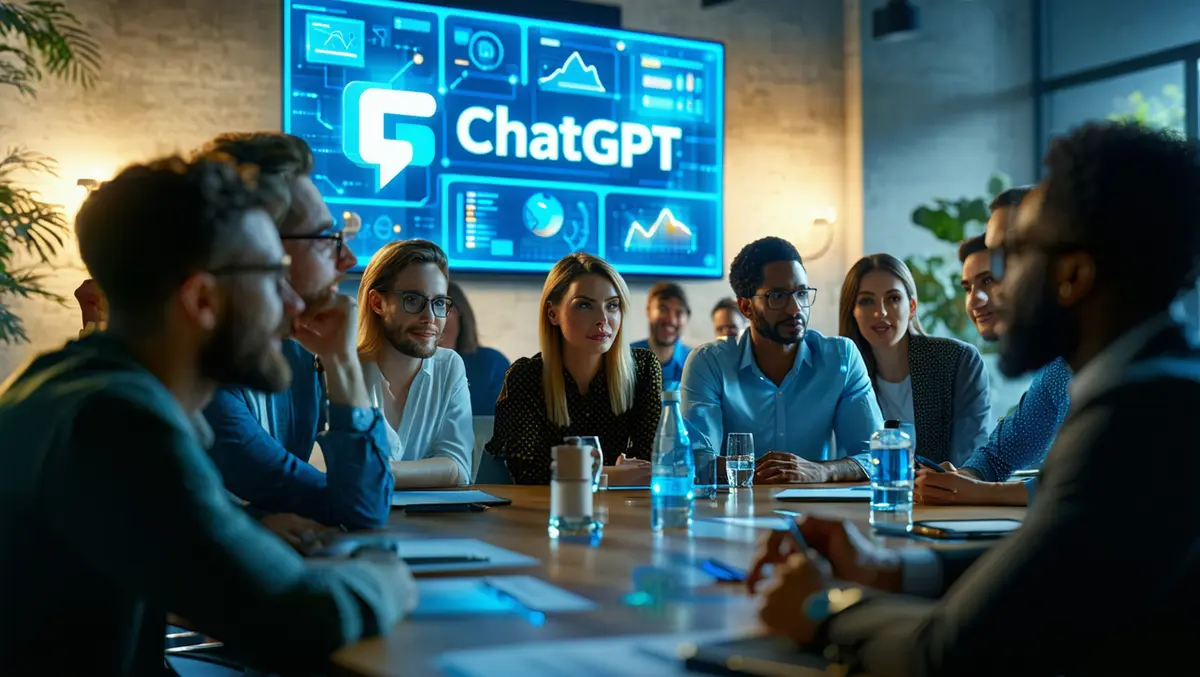
CTOs reflect on past two years of ChatGPT's transformation
ChatGPT, first unveiled on 30 November 2022 by OpenAI, has rapidly gained a significant user base, with approximately 200 million weekly interactions, revolutionising approaches to a multitude of tasks.
In recognition of ChatGPT's second anniversary, Chief Technology Officers from various innovative firms shared their insights on using this chatbot and other large language model (LLM) tools.
They discussed the impact on their professional operations, recounted challenges faced, and shared their vision for the future of generative AI technology.
Paul Maker, CTO at Aiimi, highlighted the transformative potential of LLMs beyond automating business processes. He shared, "We all know that Large Language Models can automate business processes. But models which can design new processes on the fly without the end user having to 'build' them would be truly game changing. We've already made breakthroughs at Aiimi. For example, I have been working on using OpenAI to automatically create bespoke Subject Access Request (SAR) processes through complex information retrieval, to help teams looking to discover and protect data more effectively and efficiently."
Chris Agmen-Smith, CTO at Patchwork Health, noted improvements in programming efficiency achieved through ChatGPT. He stated, "ChatGPT has helped me gain near-instant fluency in new programming languages. Based on knowledge I already have of equivalent concepts in other languages, ChatGPT (via Copilot) prompts us with blocks of code."
Edd Read, CTO at tiney and former CTO of Graze, illustrated how ChatGPT aids in overcoming writing procrastination.
He remarked, "For me, ChatGPT is an incredible anti-procrastination tool. When I'm staring at a blank document, fiddling with a sensitive explanation, or dreading writing a tricky email, I tend to stall. ChatGPT is amazing at helping me get over that initial hump. You can chuck in a load of unstructured thoughts, with no fear of judgement, and its responses are usually enough to get me started. I use it for this purpose every day."
Despite these successes, challenges persist. Paul Maker mentioned a scenario where ChatGPT failed to enhance a user interface due to limited context within the model's capacity.
"I once tried using a GPT model to improve the user interface of a component, in line with the look and feel of the existing one," he explained. "The problem is that you can't give GPT tools enough 'context' - or code - for this, because the model's context size just can't accommodate it. So the result was a spectacular fail. The model got the primary brand colours right. But applied them to all the wrong places."
Chris Agmen-Smith warned about "hallucinations"—flaws in the model's text output that can lead to significant errors if not thoroughly verified. "The hallucinations. It's easy to believe that ChatGPT is actually 'thinking' when it replies to you," he noted. "However, in any format where ChatGPT is generating pure text for a human to read, it's not so easy to spot the errors."
Edd Read emphasised the importance of delineating tasks suitable for ChatGPT. "A trap I find myself falling into sometimes is assuming that ChatGPT can do too much," he admitted.
"In particular, when I work with technical coding tasks, I'll spend ages crafting the perfect prompt with all the background needed, only for ChatGPT to generate output littered with loads of errors."
Looking ahead, Paul Maker foresees businesses eager to adopt GPT-5 but cautions that readiness in data management is essential for effective integration.
"Businesses will be hasty to adopt GPT-5, and each successive version, as they come out. But they'll struggle to use the technology safely and successfully without the right data foundations in place," he commented.
Edd Read anticipates enhanced integration of AI in technology and a growing mistrust of AI-generated content, fostering demand for detection tools and regulatory oversight.
"I believe that AI in general will start becoming incredibly powerful when developers integrate it more with operating systems in smartphones and laptops," he forecasted.


